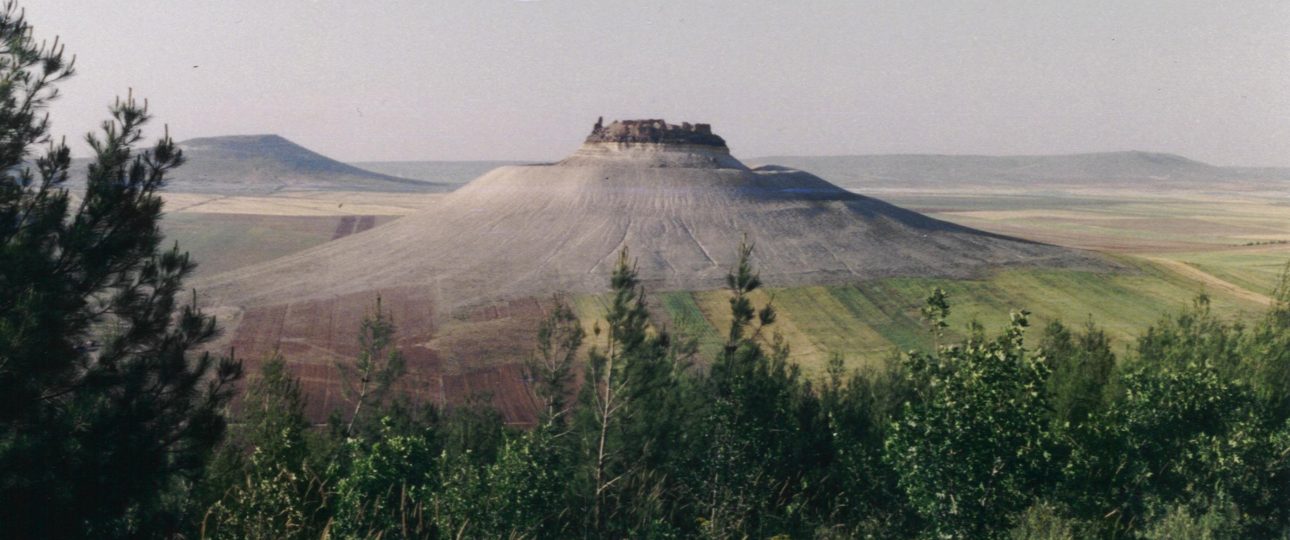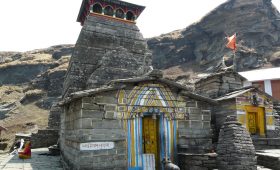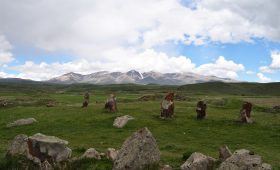Discovering Shmemis Castle
Shmemis Castle, perched atop an extinct volcano in Syria, offers a fascinating glimpse into the region’s tumultuous history. This site, though in ruins, provides a unique opportunity for travelers interested in history and architecture.
A Storied Past
Originally constructed in the 1st century BC by Sampsiceramus I, the first Priest King of the Royal family of Emesa, Shmemis Castle has seen its share of destruction and rebirth. An earthquake devastated the initial structure, and it was later destroyed by the Persian king Khosrau II in AD 613. The castle was rebuilt in AD 1228-1229 by Assad ud-Din Shirkoh, an Ayyubid governor of Homs. However, it faced further destruction at the hands of the Mongols in AD 1260 and the Tatars in AD 1401. Despite these challenges, the castle was rebuilt after the expulsion of these invaders, and today, its partially preserved walls stand as a testament to its resilience.
Exploring the Ruins
Visitors to Shmemis Castle can explore the remnants of its once-grand architecture. The castle was built on a basaltic layer covering the mountain’s conical summit, surrounded by a 15-meter deep moat. It housed a royal palace and facilities for soldiers, with a well to meet water needs. The strategic location of the castle offers views of a circular area over 50 kilometers in diameter, making it a prime spot for historical exploration and photography.
The Courtyard and Surroundings
While much of the castle is in ruins, the hidden courtyard remains a notable feature. Although not as lush as described in some accounts, it provides a quiet space to reflect on the castle’s history. The surrounding landscape, accessible via nearby hiking trails, offers stunning views of the Syrian countryside.
When to Visit
Plan your visit during spring or autumn when the weather is mild, making exploration more comfortable. The summer months can be extremely hot, potentially detracting from the experience.
Getting There
Shmemis Castle is accessible from Damascus, the nearest major city with international airport connections. From Damascus, travelers can hire a car or take a local bus to reach the castle. The journey offers a scenic drive through Syrian villages and landscapes, providing a glimpse into the local culture and environment.
Local Exploration
Once at the castle, exploring on foot is recommended to fully appreciate the site and its surroundings. Hiring a local guide can enhance the experience, offering insights into the castle’s historical significance and the region’s culture.
- Location: Syria
- Original construction: 1st century BC
- Reconstruction: AD 1228-1229
- Features: Moat, wells, panoramic views
- Best visiting seasons: Spring and autumn
- Access: Via Damascus, by car or bus
- Exploration: Best on foot, with optional local guide




